WRITING UTOPIA 2020
editors: Sally-Shakti Willow & Sarer Scotthorne
cover art: Joe Evans
editors: Sally-Shakti Willow & Sarer Scotthorne
cover art: Joe Evans
ISBN: 978-1916159440
150 x 230 mm paperback
141 b&w pages
150 x 230 mm paperback
141 b&w pages
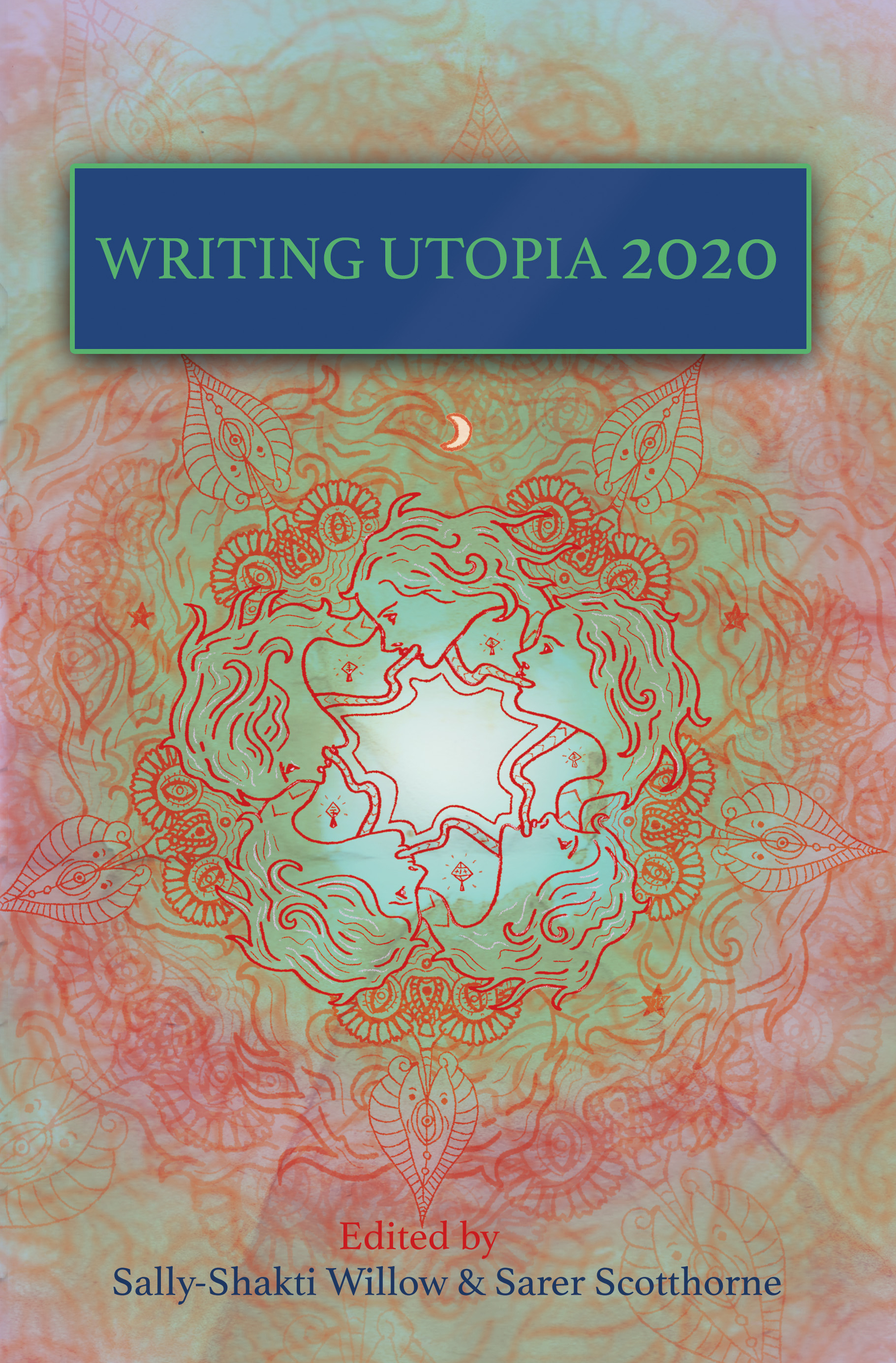
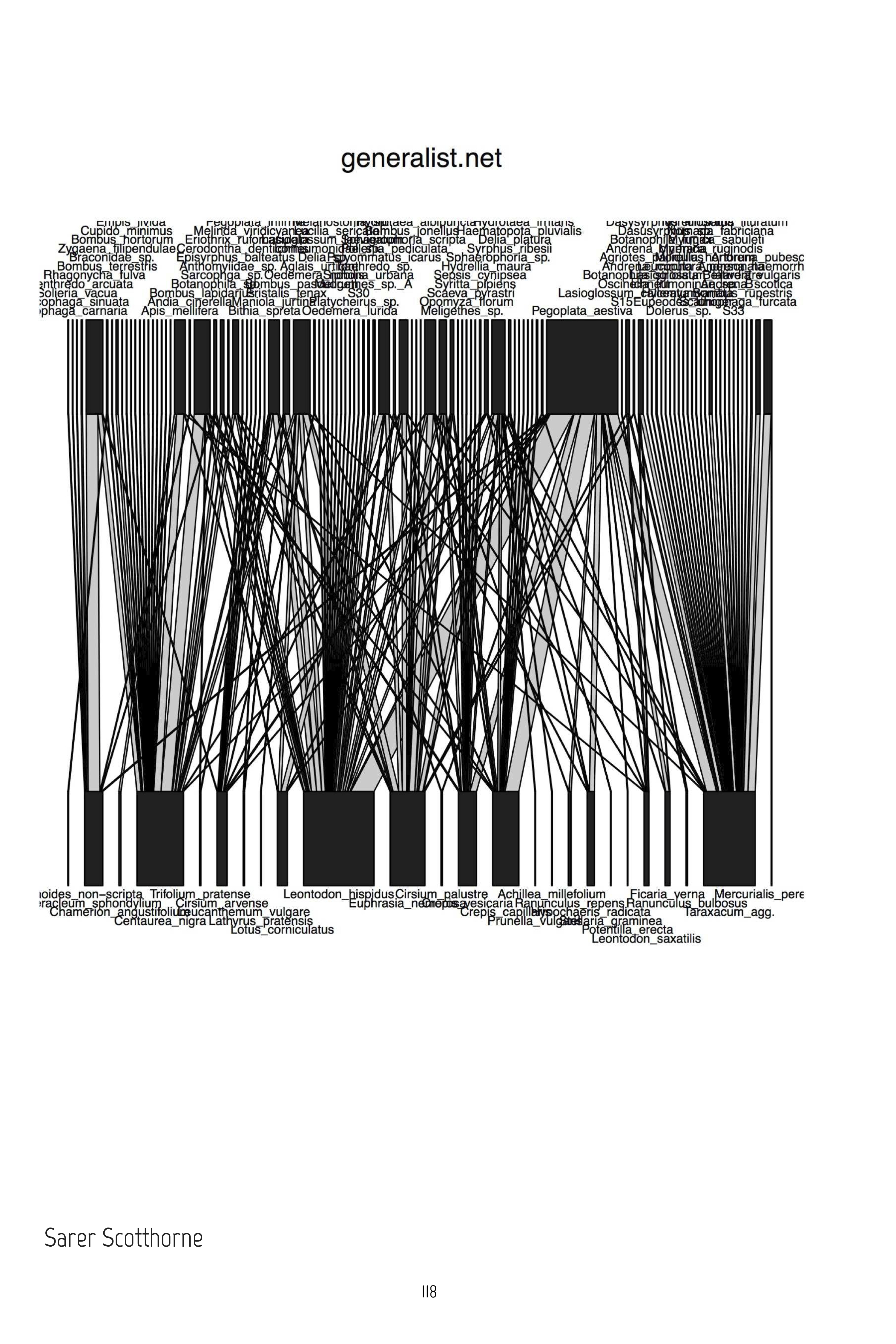

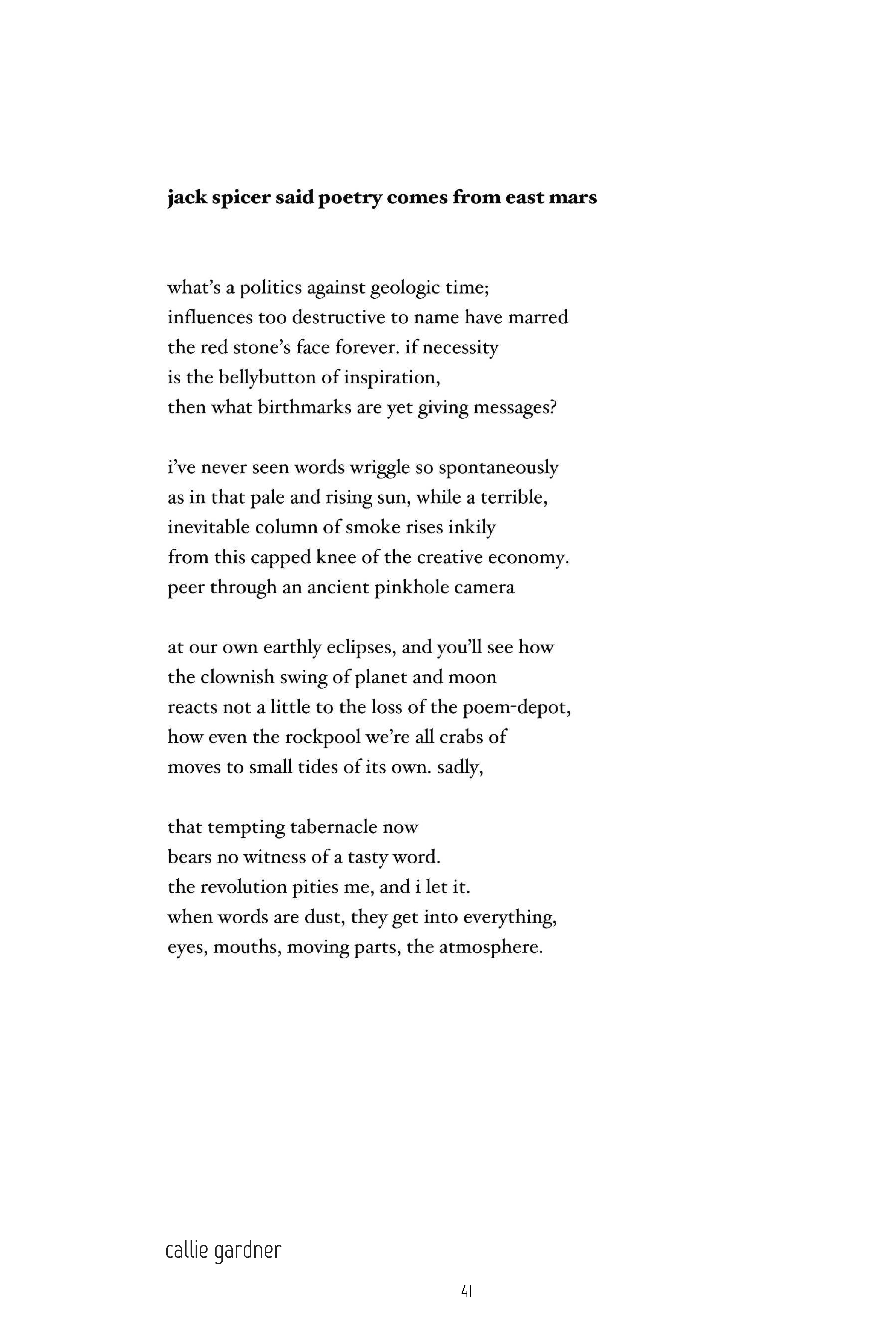
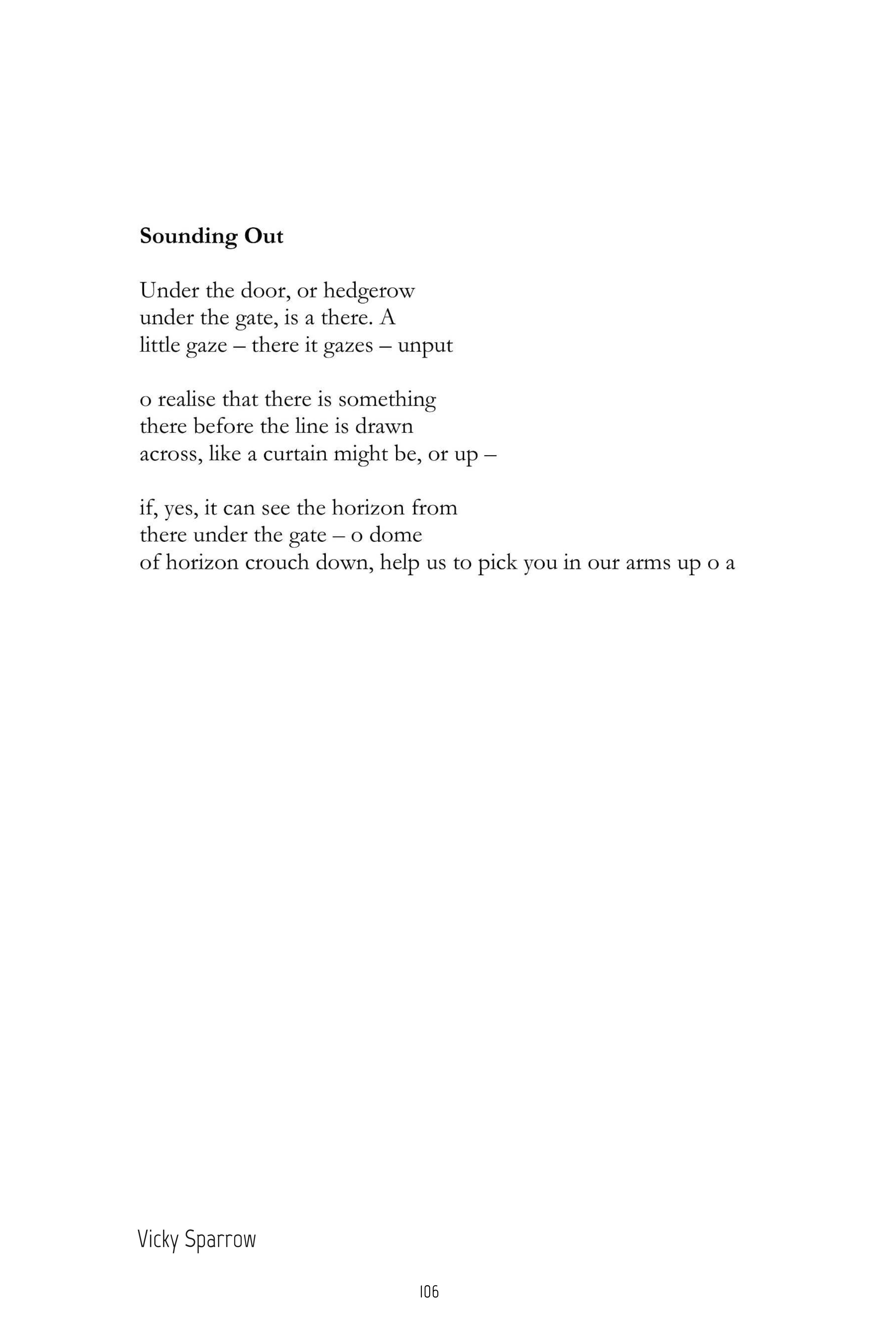
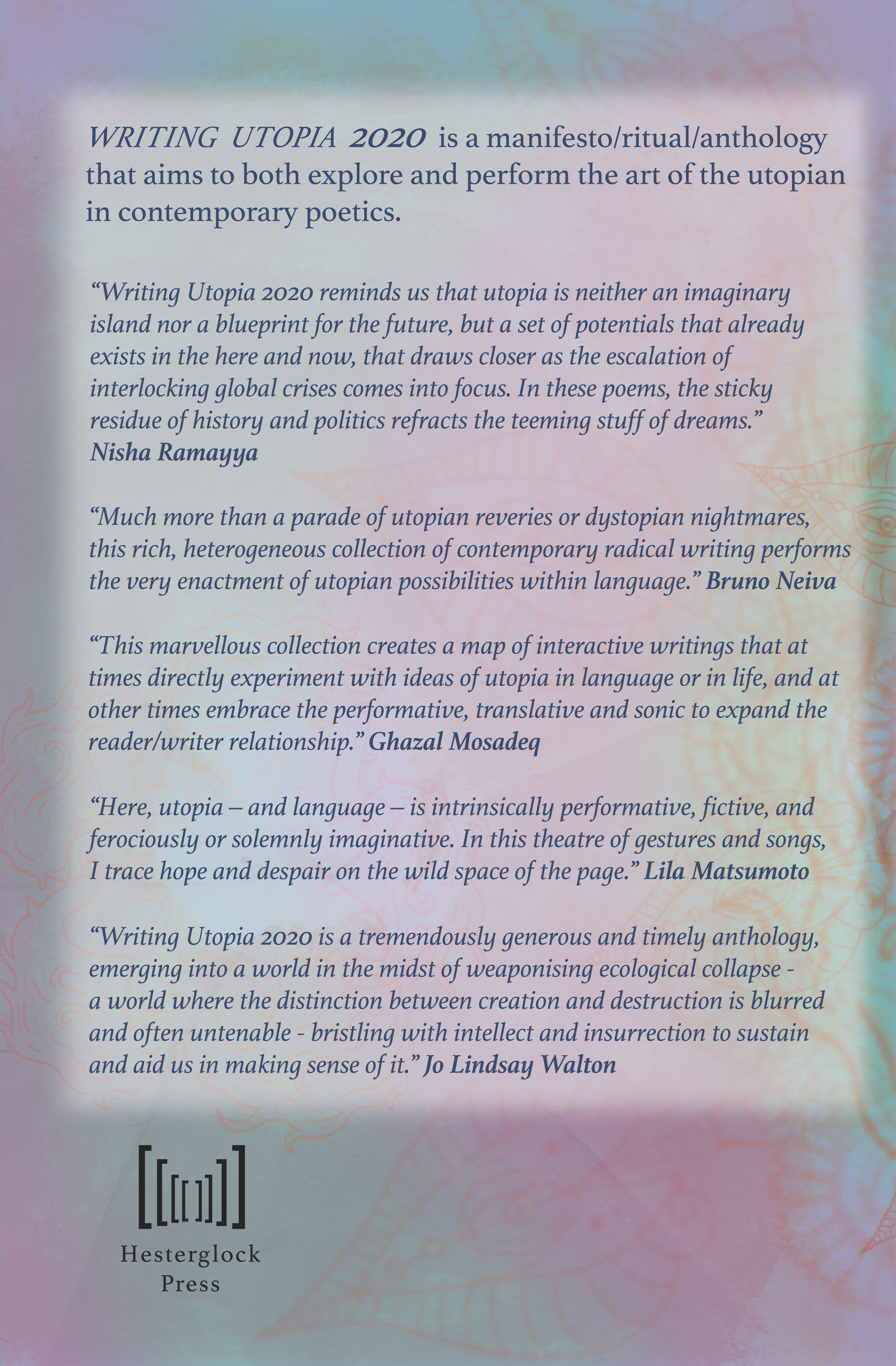
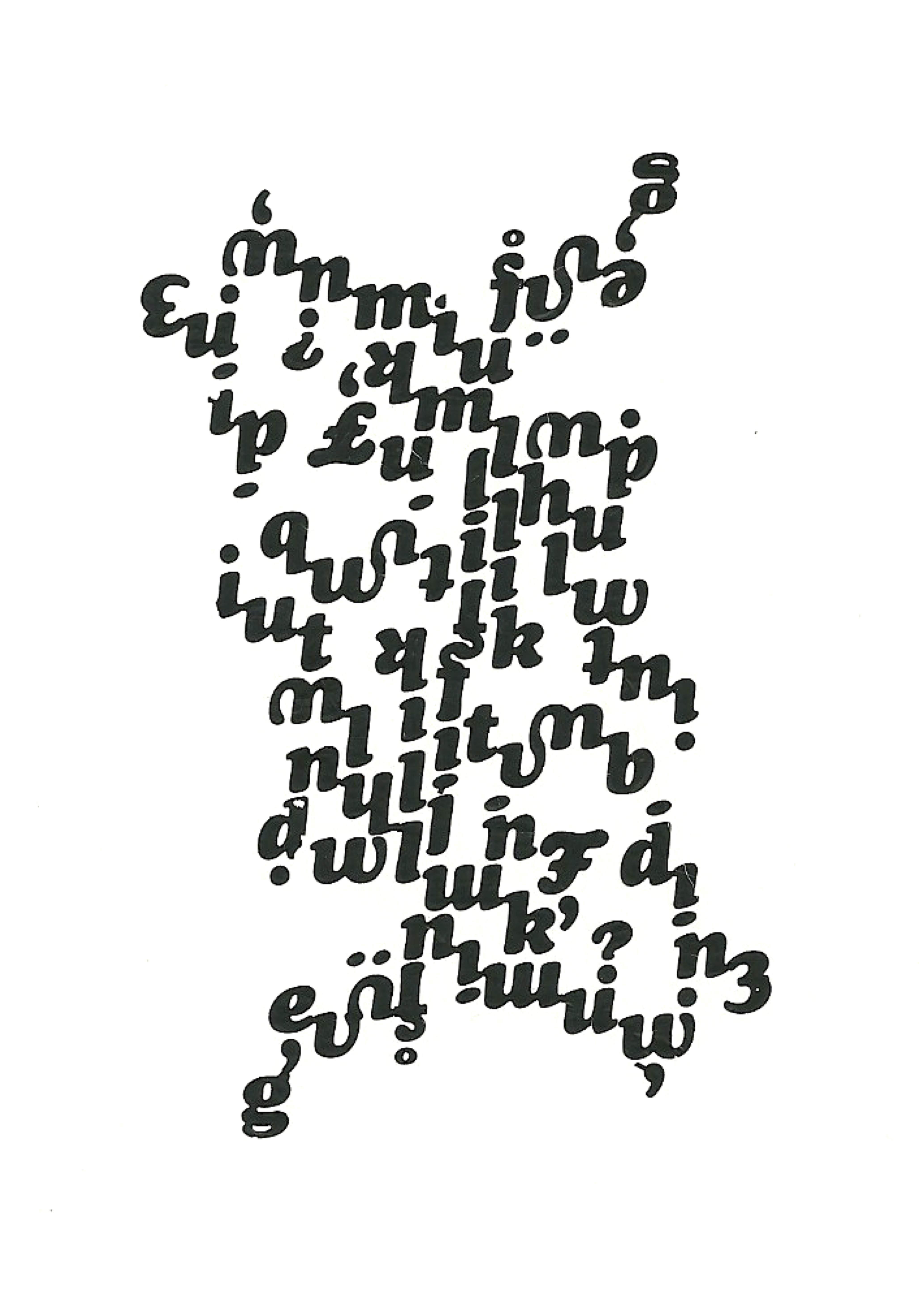
Writing Utopia 2020 contains work from:
Bernadette Mayer, Rosie Šnajdr, Gloria Dawson, Laura Elliott, Travis Newbill, Angus Sinclair, Kimberly Campanello, CAConrad, Judy Kendall, Richard Skinner, Ellen Dillon, Karen Sandhu, Vik Shirley, Lydia Unsworth, callie gardner, Derek Beaulieu, Leslie Grollman, Tracie Morris, Jeffrey Pethybridge, Anne Waldman with Ammiel Alcalay, Sacha Archer, Laynie Browne, CDN Warren, Sally-Shakti Willow, Andrew Neil Hayes, Steven Waling, Catfish McDaris, Michael Harford, Lucia Sellars, Paul Hawkins & Martin Wakefield, Astra Papachristodoulou, Lisa Jayne, Peter Jaeger, Konstantinos Papacharalampos, Megan Heise, Dolly Turing, Jazmine Linklater, Joey Frances, Vicky Sparrow, Stephen Emmerson, Scott Thurston, Julius Smit, Robert Kiely, Hijab Imtiaz translated by Sascha Aurora Akhtar & Sarer Scotthorne.
Here are some book reviews
Review of Writing Utopia The Minute Review Vol. 2 No 1. ( June 2021)
In the anthology Writing Utopia 2020, editors Sally-Shakti and Sarer Scotthorne have assembled recent work by British and North American writers who explore and perform the art of the utopian contemporary poetics. The anthology includes work in such areas as visual poetry, conceptual writing , open verse and hybrid lyric, prose narrative, chant and ritual.
Writing Utopia 2020 is prefaced by the epilogue from Bernadette Mayer’s 1984 book Utopia. It may seem like an odd choice to open a book with an epilogue (rather than the usual prologue). While it is inevitable that the word ‘utopia’ carries associations with Thomas More’s island, the anthology refracts that trace through Mayer—utopia here is circular, malleable, non-linear, inquisitive, and without a fixed point of origin or destination.
What strikes me as most significant in Writing Utopia 2020 is the anthologies undercurrent of positivity in the face of the interlocking social and ecological crisis we face. This optics is not, however, presented in a rose-tinted, pie in the sky, and imaginary solution to global problems. It is instead a highly aware consideration of potentials and possibilities for change. Perhaps I am making too much of this affirmsive quality, but to my mind the anthology provides a site for a sub-culture of ”utopian” writers and traders to organise and materialise hope.
- Peter Jaeger
from Ignota’s Best of 2020: Part 2
WRITING UTOPIA 2020, edited by Sally-Shakti Willow and Sarer Scotthorne (Hesterglock)
As the editors say, this book “is a manifesto/ritual/anthology that aims to both explore and perform the art of the utopian in contemporary poetics.” These pages are spaces that can carry us over the hurdles ahead for ecology, politics, and the species attempting to breathe in these and other atmospheres. In a state of simultaneous surprise and confusion for the altering spaces, Laynie Browne says, “Then someone asked if we wanted to see the creature.” Yes, say yes, and keep reading your way into seeing the world you only thought you knew.
- CAConrad
Writing Utopia 2020 was partly made with funding from the University of Westminster’s College of Liberal Arts and Sciences.
These people said this about the book . . .
“In these poems, the sticky residue of history and politics refracts the teeming stuff of dreams.”
- Nisha Ramayya
“Much more than a parade of utopian reveries or dystopian nightmares, this rich, heterogeneous collection of contemporary radical writing performs the very enactment of utopian possibilities within language.”
- Bruno Neiva
“Here, utopia – and language – is intrinsically performative, fictive, and ferociously or solemnly imaginative.”
- Lila Matsumoto
“Writing Utopia 2020 is a tremendously generous and timely anthology, emerging into a world in the midst of weaponising ecological collapse - a world where the distinction between creation and destruction is blurred and often untenable - bristling with intellect and insurrection to sustain and aid us in making sense of it.”
- Jo Lindsay Walton
This extract from Sally-Shakti Willow’s manifesto of Utopian Poetics, WRITING UTOPIA NOW, gives some background to the concept of Utopian Poetics. Click here to read the full manifesto in Studies in Arts and Humanities Journal.
Writing that best performs the utopian also resonates with Isabel Waidner’s description of radical innovation in Liberating the Canon (2018). That is: Writing that works ‘across various systems of oppression (intersectionality), across formal distinction (prose and poetry, critical and creative, and the various genres), and across disciplines’.
Examples of source texts that perform various elements of utopian poetics:
Bernadette Mayer, Rosie Šnajdr, Gloria Dawson, Laura Elliott, Travis Newbill, Angus Sinclair, Kimberly Campanello, CAConrad, Judy Kendall, Richard Skinner, Ellen Dillon, Karen Sandhu, Vik Shirley, Lydia Unsworth, callie gardner, Derek Beaulieu, Leslie Grollman, Tracie Morris, Jeffrey Pethybridge, Anne Waldman with Ammiel Alcalay, Sacha Archer, Laynie Browne, CDN Warren, Sally-Shakti Willow, Andrew Neil Hayes, Steven Waling, Catfish McDaris, Michael Harford, Lucia Sellars, Paul Hawkins & Martin Wakefield, Astra Papachristodoulou, Lisa Jayne, Peter Jaeger, Konstantinos Papacharalampos, Megan Heise, Dolly Turing, Jazmine Linklater, Joey Frances, Vicky Sparrow, Stephen Emmerson, Scott Thurston, Julius Smit, Robert Kiely, Hijab Imtiaz translated by Sascha Aurora Akhtar & Sarer Scotthorne.
Here are some book reviews
Review of Writing Utopia The Minute Review Vol. 2 No 1. ( June 2021)
In the anthology Writing Utopia 2020, editors Sally-Shakti and Sarer Scotthorne have assembled recent work by British and North American writers who explore and perform the art of the utopian contemporary poetics. The anthology includes work in such areas as visual poetry, conceptual writing , open verse and hybrid lyric, prose narrative, chant and ritual.
Writing Utopia 2020 is prefaced by the epilogue from Bernadette Mayer’s 1984 book Utopia. It may seem like an odd choice to open a book with an epilogue (rather than the usual prologue). While it is inevitable that the word ‘utopia’ carries associations with Thomas More’s island, the anthology refracts that trace through Mayer—utopia here is circular, malleable, non-linear, inquisitive, and without a fixed point of origin or destination.
What strikes me as most significant in Writing Utopia 2020 is the anthologies undercurrent of positivity in the face of the interlocking social and ecological crisis we face. This optics is not, however, presented in a rose-tinted, pie in the sky, and imaginary solution to global problems. It is instead a highly aware consideration of potentials and possibilities for change. Perhaps I am making too much of this affirmsive quality, but to my mind the anthology provides a site for a sub-culture of ”utopian” writers and traders to organise and materialise hope.
- Peter Jaeger
from Ignota’s Best of 2020: Part 2
WRITING UTOPIA 2020, edited by Sally-Shakti Willow and Sarer Scotthorne (Hesterglock)
As the editors say, this book “is a manifesto/ritual/anthology that aims to both explore and perform the art of the utopian in contemporary poetics.” These pages are spaces that can carry us over the hurdles ahead for ecology, politics, and the species attempting to breathe in these and other atmospheres. In a state of simultaneous surprise and confusion for the altering spaces, Laynie Browne says, “Then someone asked if we wanted to see the creature.” Yes, say yes, and keep reading your way into seeing the world you only thought you knew.
- CAConrad
Writing Utopia 2020 was partly made with funding from the University of Westminster’s College of Liberal Arts and Sciences.
These people said this about the book . . .
“In these poems, the sticky residue of history and politics refracts the teeming stuff of dreams.”
- Nisha Ramayya
“Much more than a parade of utopian reveries or dystopian nightmares, this rich, heterogeneous collection of contemporary radical writing performs the very enactment of utopian possibilities within language.”
- Bruno Neiva
“Here, utopia – and language – is intrinsically performative, fictive, and ferociously or solemnly imaginative.”
- Lila Matsumoto
“Writing Utopia 2020 is a tremendously generous and timely anthology, emerging into a world in the midst of weaponising ecological collapse - a world where the distinction between creation and destruction is blurred and often untenable - bristling with intellect and insurrection to sustain and aid us in making sense of it.”
- Jo Lindsay Walton
This extract from Sally-Shakti Willow’s manifesto of Utopian Poetics, WRITING UTOPIA NOW, gives some background to the concept of Utopian Poetics. Click here to read the full manifesto in Studies in Arts and Humanities Journal.
Writing that best performs the utopian also resonates with Isabel Waidner’s description of radical innovation in Liberating the Canon (2018). That is: Writing that works ‘across various systems of oppression (intersectionality), across formal distinction (prose and poetry, critical and creative, and the various genres), and across disciplines’.
Examples of source texts that perform various elements of utopian poetics:
- Theresa Hak Kyung Cha’s Dictée (1982) – anticipating and performing the utopian possibilities of non-alienation (communion) and non-oppression (equality) through its linguistic and structural materiality, which opens and invites the reader into a space of intersubjective participation (which Cha calls ‘interfusion’)
- Maggie O’Sullivan’s In the House of the Shaman (1993) – linguistic & lexical disruption and experimentation foreground language’s materiality and invite the reader to co-construct meaning from fragmentary remains
- Anne Waldman’s Fast Speaking Woman (1996) & Trickster Feminism (2018) – laying down language as mantra, casting spells & creating rituals to make material transformation in the physical world through participation in the poem’s rhythmic action
- CAConrad’s ECODEVIANCE: (Soma)tics for the Future Wilderness (2014) – embodying language through ritual as both protest and performance to manifest change in the material world; encouraging reader participation in both the ritual-making & the poem-making
Early roots of utopian poetics can be traced in:
- Stéphane Mallarmé’s Un coup de dés jamais n’abolira le hazard (1897)
- Mina Loy’s ‘Feminist Manifesto’ (1914), ‘Aphorisms on Futurism’ (1914)
- William Carlos Williams’ Spring and All (1923)
- Gertrude Stein’s ‘Composition as Explanation’ (1926)
- H.D.’s Trilogy (1946), Hermetic Definition (1972), HERmione (1981)
- Charles Olson’s ‘Projective Verse’ (1950), ‘Proprioception’ & ‘Human Universe’ (1965)
- Allen Ginsberg’s Howl (1956) & ‘Wichita Vortex Sutra’ (1966)
- Jerome Rothenberg’s Technicians of the Sacred (1968) foregrounds the global ritual & shamanic roots to which this manifesto of utopian poetics is indebted
Further sources of utopian poetics include:
Some or all of the poetry/writing of: Rae Armantrout; Caroline Bergvall; Laynie Browne; Diane di Prima; Lyn Hejinian; Jack Kerouac; Lila Matsumoto; Tracie Morris; Harryette Mullen; Hoa Nguyen; Lorine Niedecker; Lisa Robertson; Robert Sheppard; Scott Thurston. Bernadette Mayer’s Utopia; Paul Hawkins’ Place, Waste, Dissent; Francesca Lisette’s sub rosa; Sandeep Parmar, Nisha Ramayya and Bhanu Kapil’s Threads; M. Nourbese Philip’s Zong!; Nat Raha’s Of Sirens, Body & Faultlines; Dolly Turing’s Oh (Para)Cosmic Being; Samantha Walton’s Self Heal. Works of utopian poetics can also be found in the following journals and zines: Adjacent Pineapple, Blackbox Manifold, Cumulus, Datableed, Empty Mirror, Hotel, Intercapillary Space, Jungftak, para.text, Tentacular, The Projectionist’s Playground, Zarf and many more.
